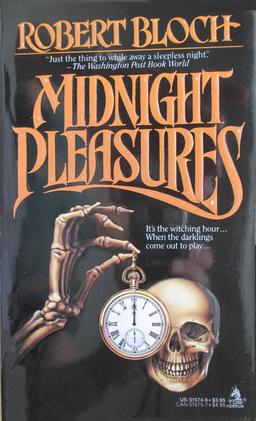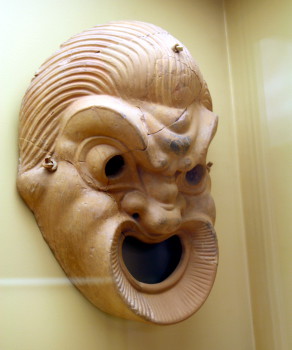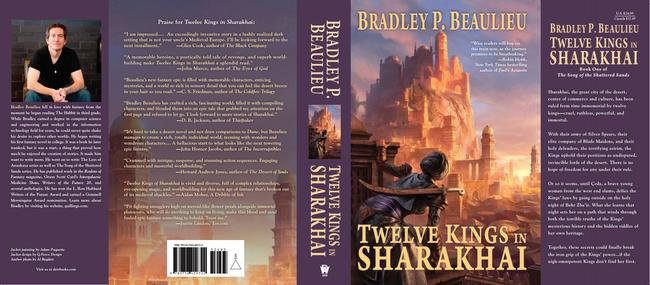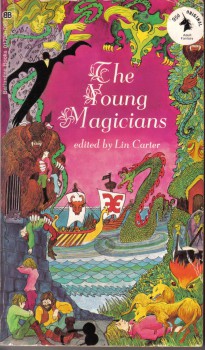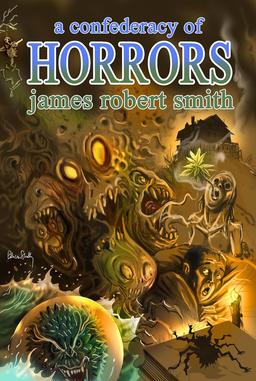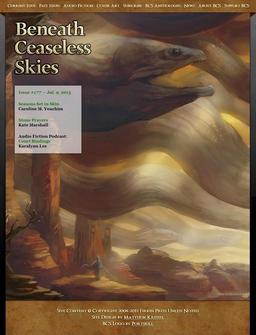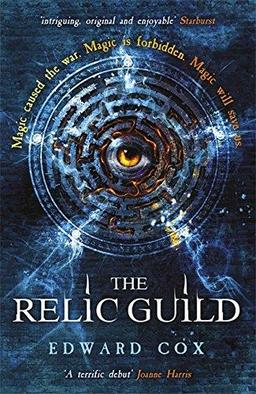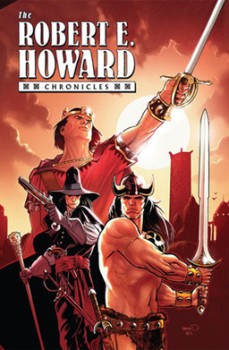Hugh Hancock and Why Geeks Love Lovecraftian Magic
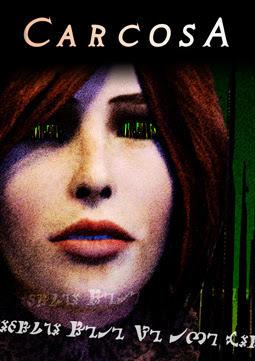
How come geeks like Lovecraftian magic so much?
Writing on Charles Stross’s blog, Hugh Hancock, Machinima guru turned live-action filmmaker and web comic — um — maker(?) who — disclaimer! — has been a mate since he threw me through a pile of chairs, thus curing the suspected RSI in my shoulder — thinks it’s because Lovecraft pings the things that horrify geeks:
What if too much knowledge really was bad?
What if there were no life hack to divert the apocalypse?
What if the Inquisition were right?!!?
Obviously he’s onto something. It is all pretty horrifying and creates a wonderful double bind; we readers simultaneously want the protagonist to satisfy our curiosity, and at the same time want them to flee the horrid fate that will result.
However, I think there’s more than Horror at work.
Before I go on to explain why, go and watch his short Lovecraftian film HOWTO Demon Summoning so we have a common reference point (and because it’s funny and horrific, and makes surprising use of CGI given Hugh is an indy filmmaker).
